Archives
- 2025-12
- 2025-11
- 2025-10
- 2025-09
- 2025-03
- 2025-02
- 2025-01
- 2024-12
- 2024-11
- 2024-10
- 2024-09
- 2024-08
- 2024-07
- 2024-06
- 2024-05
- 2024-04
- 2024-03
- 2024-02
- 2024-01
- 2023-12
- 2023-11
- 2023-10
- 2023-09
- 2023-08
- 2023-07
- 2023-06
- 2023-05
- 2023-04
- 2023-03
- 2023-02
- 2023-01
- 2022-12
- 2022-11
- 2022-10
- 2022-09
- 2022-08
- 2022-07
- 2022-06
- 2022-05
- 2022-04
- 2022-03
- 2022-02
- 2022-01
- 2021-12
- 2021-11
- 2021-10
- 2021-09
- 2021-08
- 2021-07
- 2021-06
- 2021-05
- 2021-04
- 2021-03
- 2021-02
- 2021-01
- 2020-12
- 2020-11
- 2020-10
- 2020-09
- 2020-08
- 2020-07
- 2020-06
- 2020-05
- 2020-04
- 2020-03
- 2020-02
- 2020-01
- 2019-12
- 2019-11
- 2019-10
- 2019-09
- 2019-08
- 2019-07
- 2019-06
- 2019-05
- 2019-04
- 2018-07
-
Interaction between AhR and ligands leads
2024-04-23
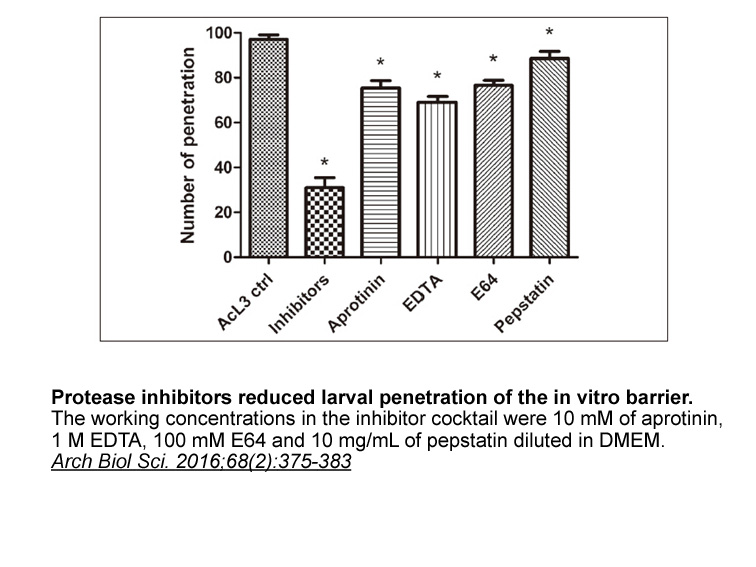
Interaction between AhR and ligands leads to AhR transformation (Fig. 1), characterized by a rapid receptor nuclear translocation and the formation of AhR/Arnt complex and the release of the chaperone proteins. Following AhR transformation, the AhR/Arnt complex binds to its cognate DNA consensus seq
-
Our previous study revealed expression of AhR in
2024-04-23
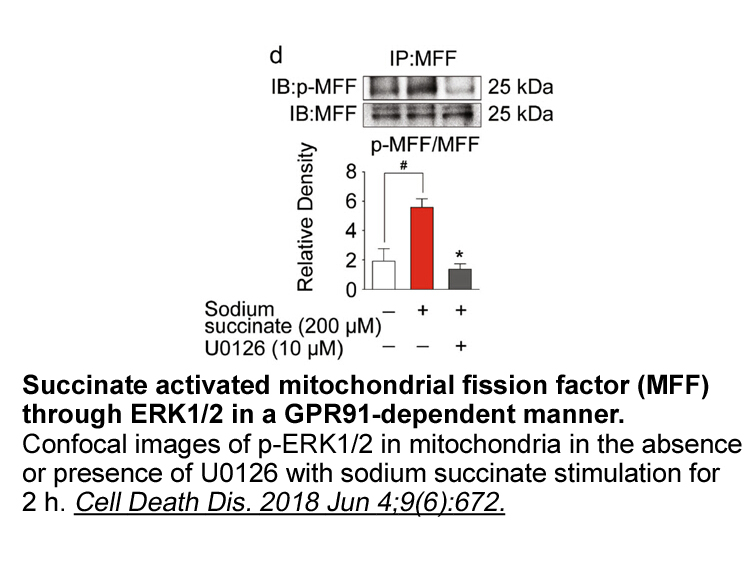
Our previous study revealed expression of AhR in human parotid gland in cytoplasm of striated duct dapt secretase (Drozdzik, Kowalczyk, Urasińska, & Kurzawski, 2013). In a further study we observed regulation of AhR expression and function by its specific inducer, i.e. 2,3,7,8-tetrachlorodibenzo-p-d
-
Our previous work fails to show any maternal
2024-04-23
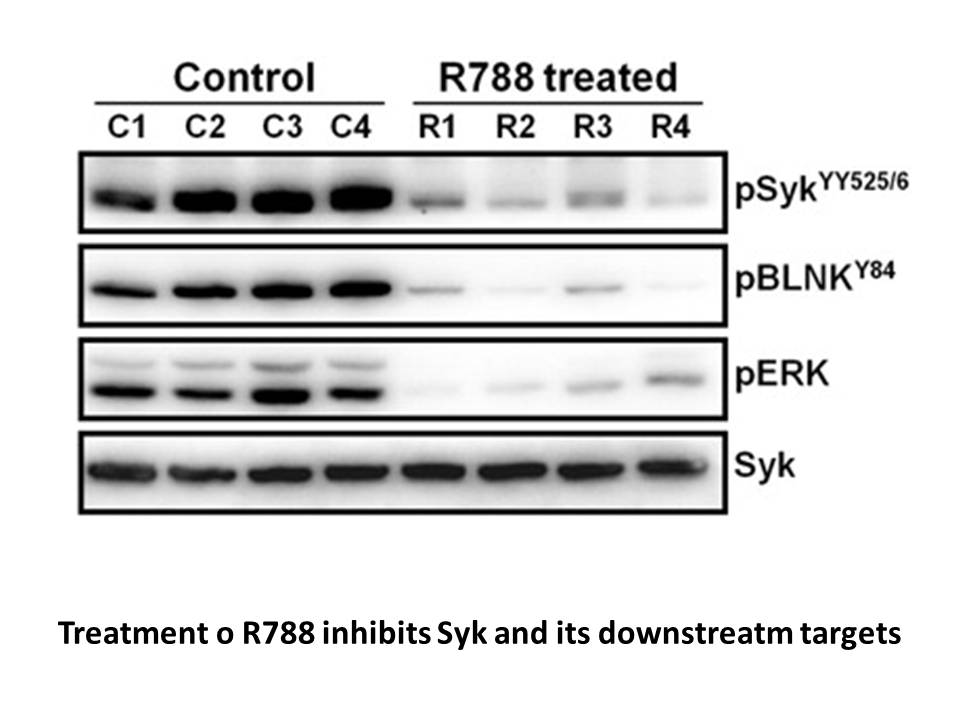
Our previous work fails to show any maternal effect with blockade of 5-HT2A receptor, as acute and repeated treatment of MDL100907 does not alter maternal behavior at the behaviorally active doses (Chen et al., 2014). In the present study, MDL100907 pretreatment attenuated the maternal disruptive ef
-
The role of DHT in early teleost embryogenesis is
2024-04-22
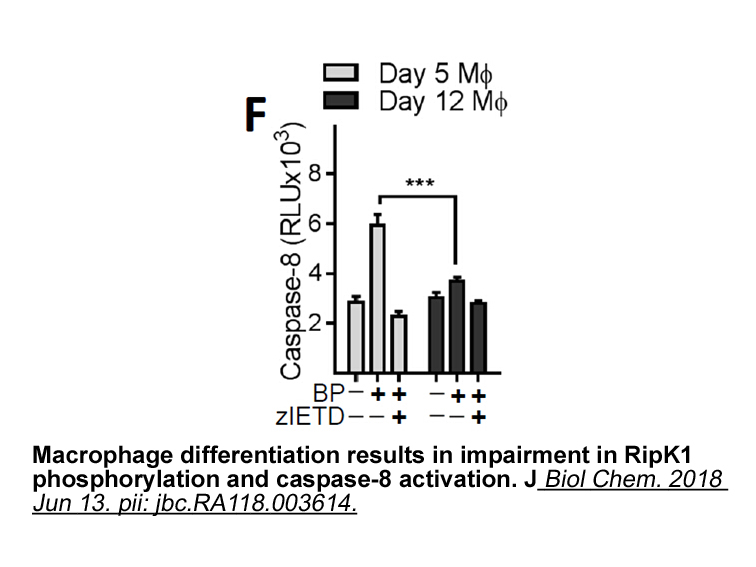
The role of DHT in early teleost embryogenesis is not entirely clear or established, however additional studies that treat fish embryos to DHT or to specific srd5a inhibitors at critical stages of development (i.e. prior to sex differentiation) will shed light on the early functions of this androgen
-
br Funding br Introduction l Dihydroxyphenylalanine l
2024-04-22
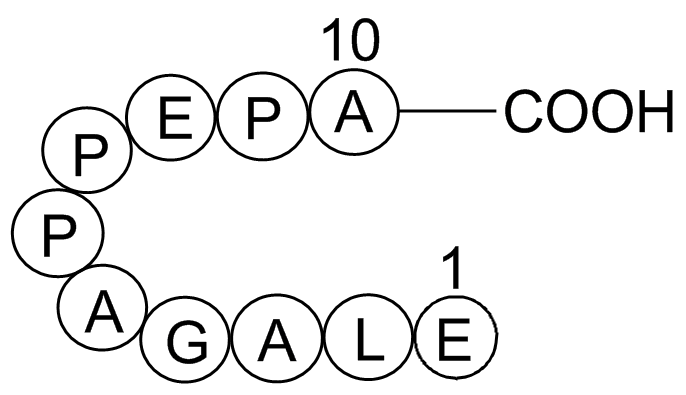
Funding Introduction l-3,4-Dihydroxyphenylalanine (l-DOPA) is the gold-standard treatment for the motor symptoms of Parkinson's disease (PD); however, its chronic use induces severe motor complications that eventually limit its long-term efficacy (Bastide et al., 2015). The most disabling side
-
br Autophagy in the central
2024-04-22
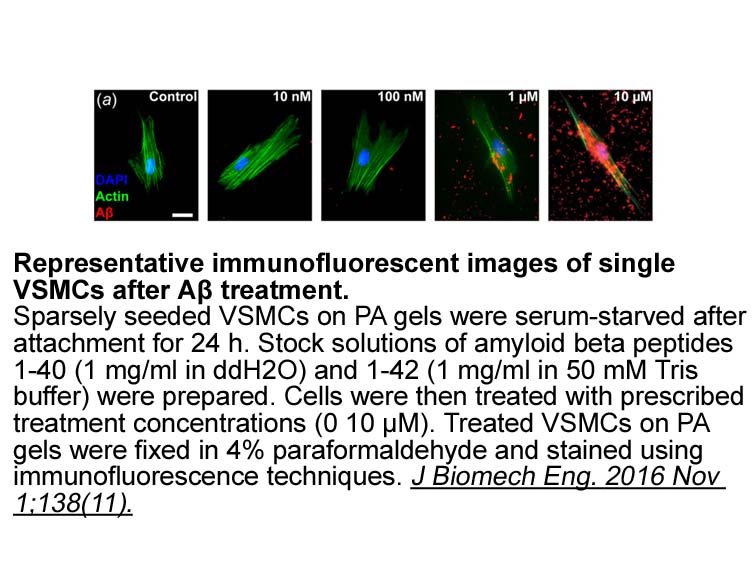
Autophagy in the central nervous system The autophagic process appears to be very important for the cells of the central nervous system, as it allows to maintain the functional integrity of the nervous tissue. Indeed macroautophagy is involved in the regulation of homeostasis of the CNS, playing
-
br Introduction Human esophageal carcinoma is
2024-04-22
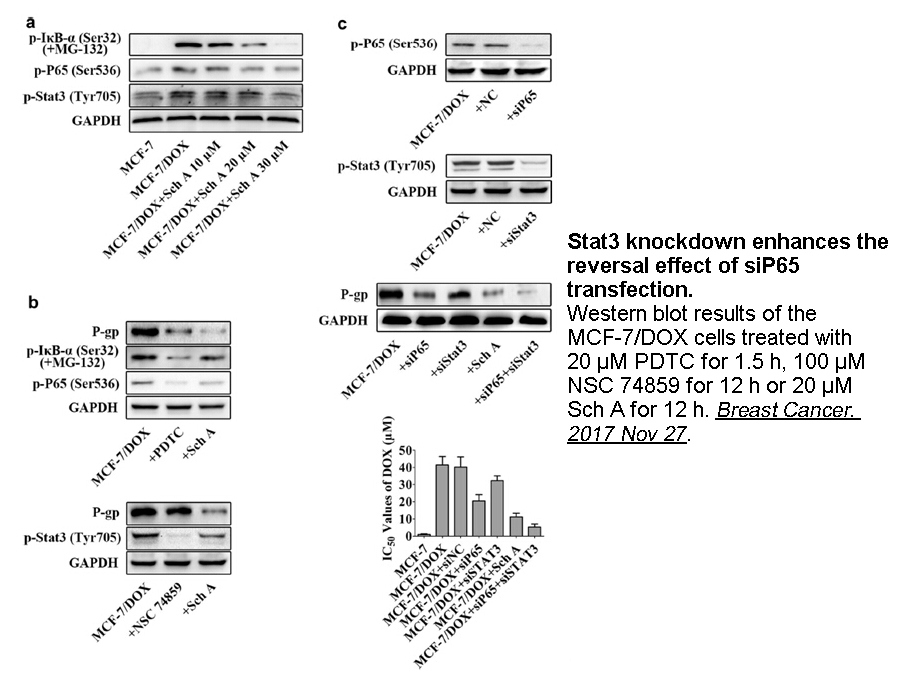
Introduction Human esophageal carcinoma is one of the most frequently diagnosed cancers, ranked as the eighth leading causes of cancer-related mortality worldwide. Esophagus squamous cell carcinoma (ESCC) is the most common histological type of esophageal carcinomas, especially with a higher inci
-
serine threonine protein kinase Aromatization of the pyrrole
2024-04-22
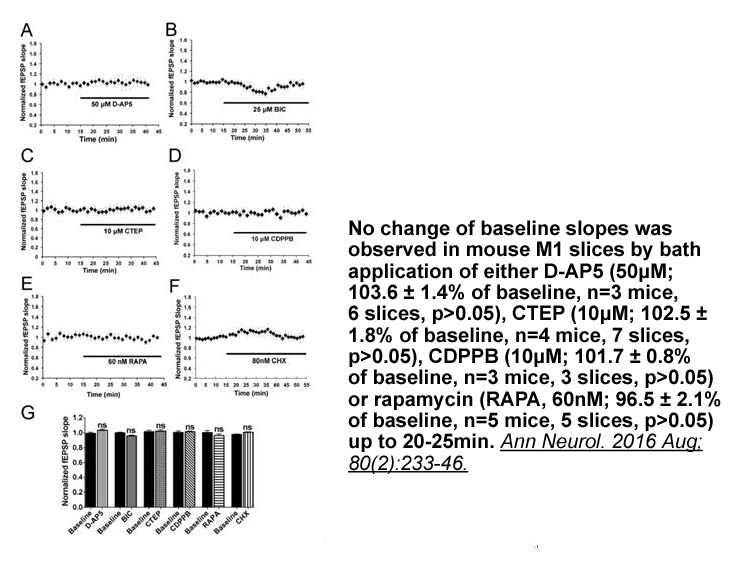
Aromatization of the pyrrole ring after anion capturing, using acceptor atoms with electron deficiency (B & Be), and substitution of strong electron withdrawing groups such as CN were three strategies used to design a new class of anion receptors. Comparison of the anion affinities of these anion re
-
We report here the case
2024-04-22
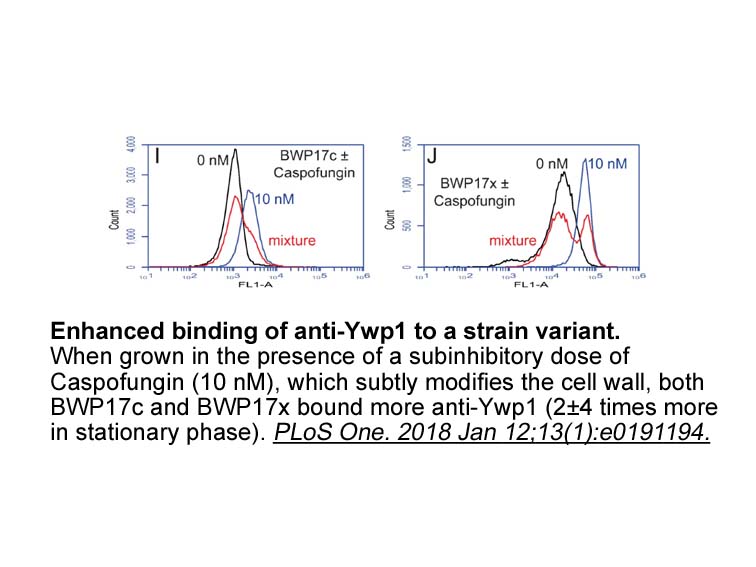
We report here the case of a patient with probable genetic prion disease with a Creutzfeldt-Jakob disease-like phenotype associated with a rare PRNP E196K mutation who initially exhibited atypical clinical manifestations principally characterized by behavioral abnormalities. Case report An 80-ye
-
The Nagoya Heart Study enrolled patients with hypertension a
2024-04-22
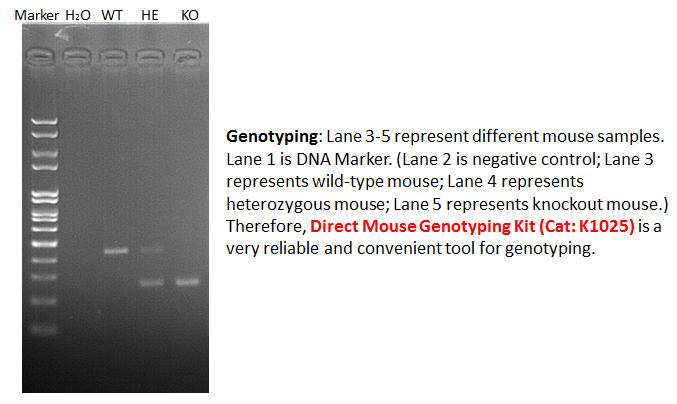
The Nagoya Heart Study enrolled patients with hypertension and type 2 diabetes or impaired iso 1 tolerance (12). Patients were randomized to valsartan- or amlodipine-based regimens with a BP target of ≤130/80 mmHg. The primary outcome was a composite of sudden cardiac death, myocardial infarction,
-
Immunohistochemistry Hearts from young and aged mice were co
2024-04-22
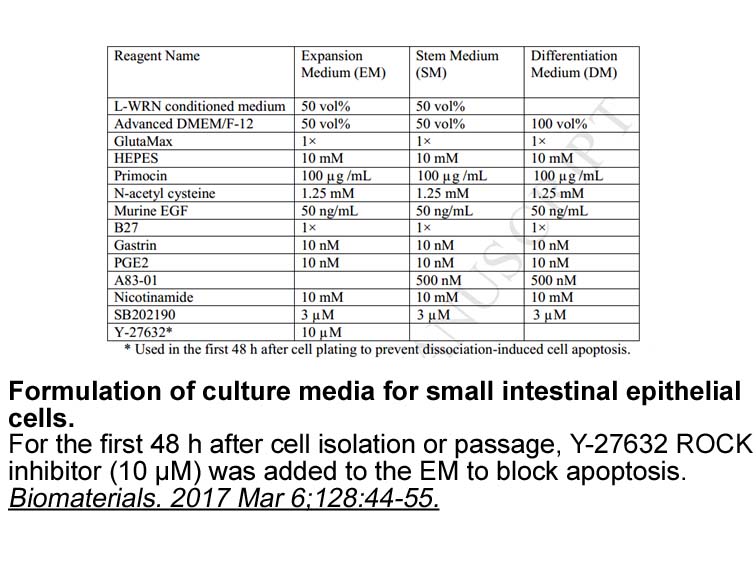
Immunohistochemistry: Hearts from young and aged mice were collected at the indicated times, fixed overnight in 10% formalin, and embedded in paraffin. Serial 5-μm heart sections from each group were analyzed. Samples were stained with H&E for routine histologic examination. Immunohistochemical stai
-
br Introduction The development and plasticity
2024-04-22
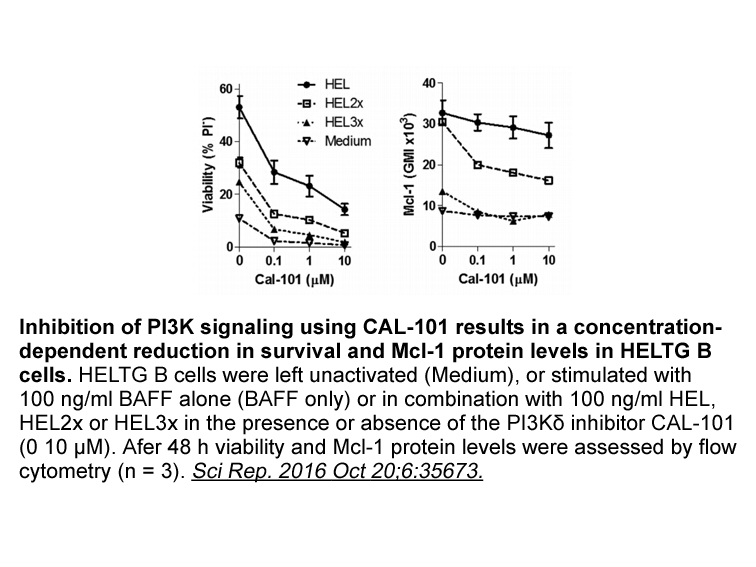
Introduction The development and plasticity of synapses involve the timely recruitment of a plethora of proteins on both pre- and postsynaptic sides through ill-defined mechanisms. At excitatory synapses, two of the major proteins that are dynamically recruited postsynaptically are the Ca2+/calmo
-
Subsequently Palvimaki et al corroborated Ni
2024-04-19
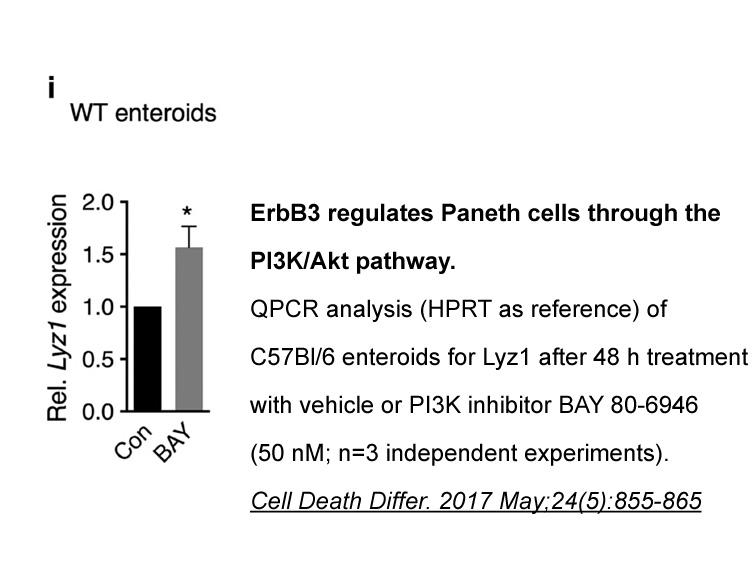
Subsequently, Palvimaki et al. (1999) corroborated Ni and Miledi's study by demonstrating that treatment with fluoxetine leads to 43% occupancy of the 5-HT2C receptors. Moreover, the affinity of fluoxetine for 5HT2C receptors (Ki 65 nM) is close to its affinity for 5-HT transporters (Ki 33 nM) (Ni a
-
Ten strains of lactobacilli TMW isogenic with
2024-04-19
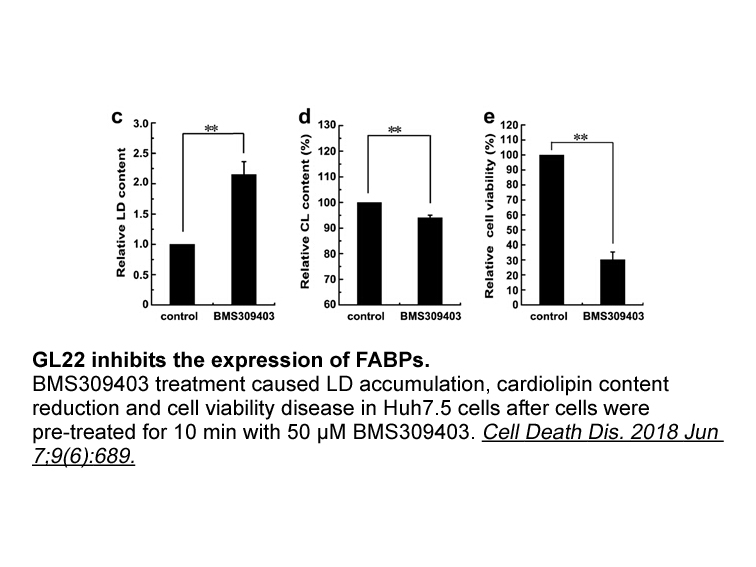
Ten strains of lactobacilli: TMW 1.1434 (isogenic with strain F19 ), TMW 1.1733 (isolated from fermented food), TMW 1.1628 (isolated from baby feces), TMW 1.1609 (isolated from baby feces), TMW 1.1734 (isolated from fermented food), TMW 1.313 (isolated from non-pasteurized Heineken beer), TMW
-
Recently several groups including ours have started
2024-04-19
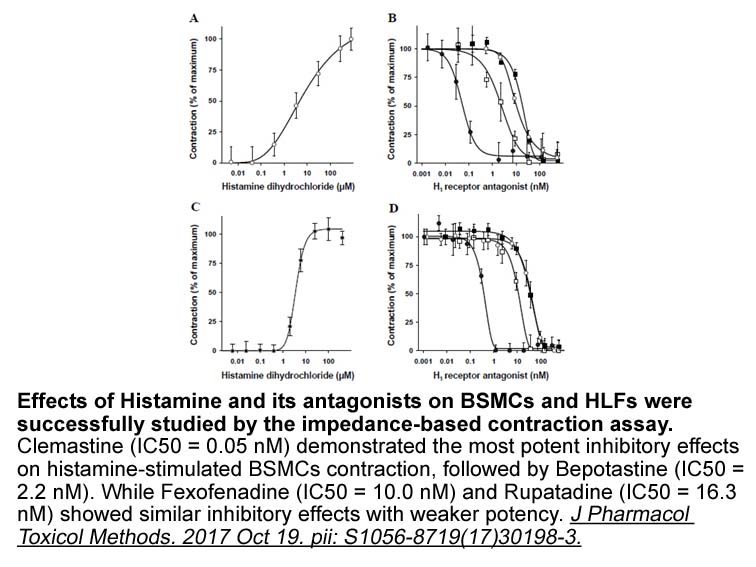
Recently, several groups, including ours, have started to use the C. elegans multi-dendritic PVD neurons as a model system to dissect the molecular mechanisms of dendrite development. During larval development, PVD elaborates complex and stereotyped dendritic arbors by sequentially adding primary (1
15994 records 165/1067 page Previous Next First page 上5页 161162163164165 下5页 Last page